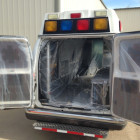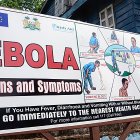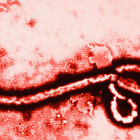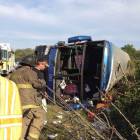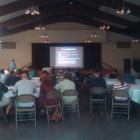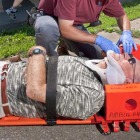
Nov 17, 2014
If you ever want to get under an EMT’s skin, call him an ambulance driver. The resulting rage, either in front of you or via social media later will tell a lot about them. I was having a discussion last week at EMS World with a couple of friends kicking around a silly idea to host a bar crawl that required everyone to either wear one of those god awful EMS slogan t-shirts, or make their own to be able to participate. My nurse friend who was part of the conversation just shook her head and said, “and people wonder why EMS struggles as an industry to get ahead.” I understood what she meant, we have always been, and seemingly will continue to be our own worst enemies. Then, while waiting in the airport with a friend, the two of us were flipping through some industry centered Facebook pages having some laughs over some of the comments that people were posting on shared articles. “I don’t know if I am reading comments from EMTs or YouTube comments,” is what he likes to say. We sat there over lunch and tried to figure out where this attitude is born from. Is it a product of people’s environments and predispositions? Is it due to people just being Type-A personalities in this field? Or is it just general immaturity? Maybe we are over-recruiting. It is no secret that if you are an EMT with a card in your back pocket for twenty years or twenty minutes, you can find employment somewhere. It might not be the greatest job in the world, and it might not be an endpoint for your career but the opportunities are out there, it is just a matter of what a person is willing to settle for. Its not really an industry recruiting problem, it is more of a lack of standards when it comes to recruiting. And exposing impressionable younger people to the folks who have the wrong attitude just makes it more difficult to break this cycle of disrespect and immaturity. Anyone who knows me personally will confirm that I am, in fact, a huge goofball. I can be inappropriate with...

